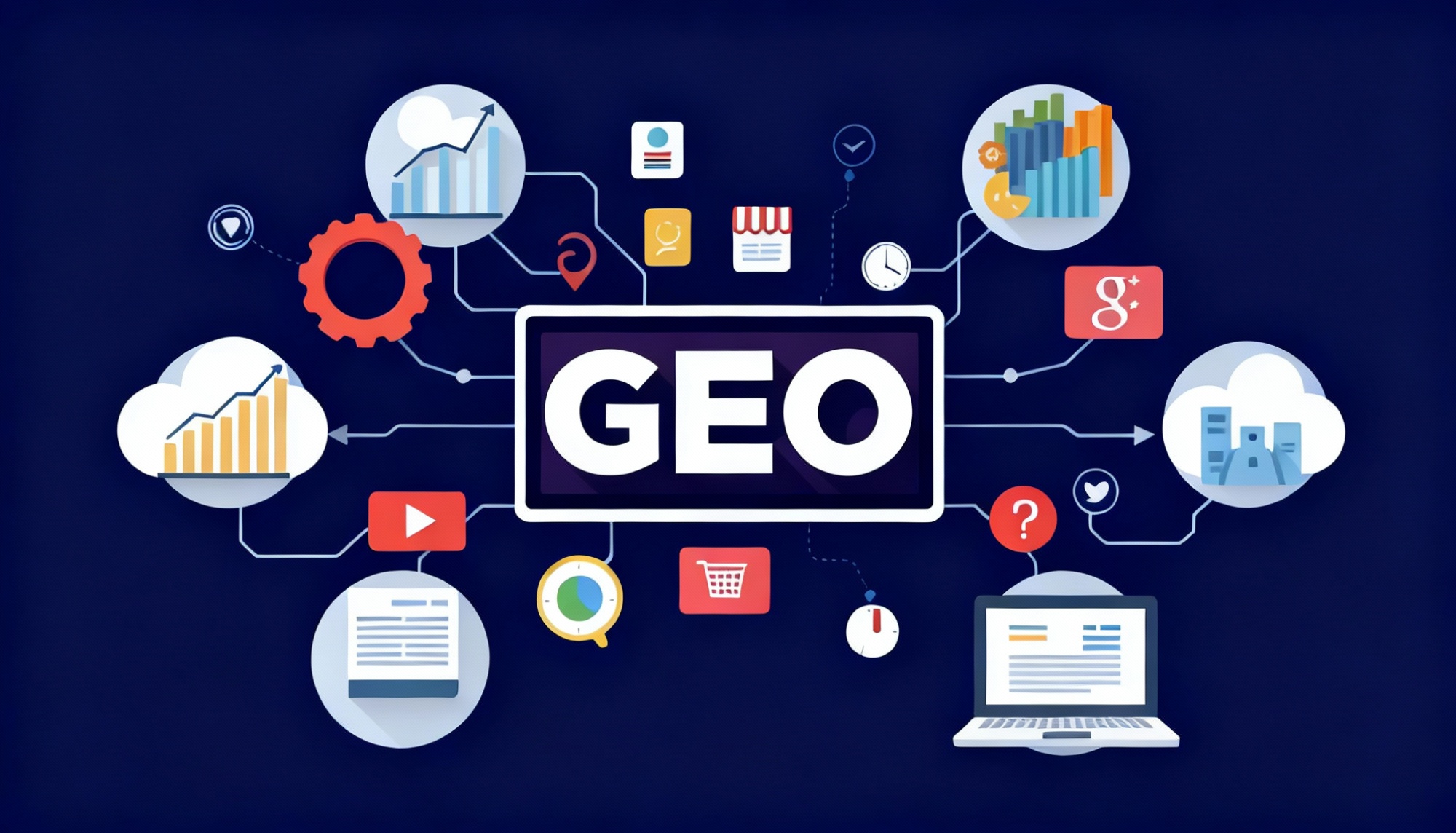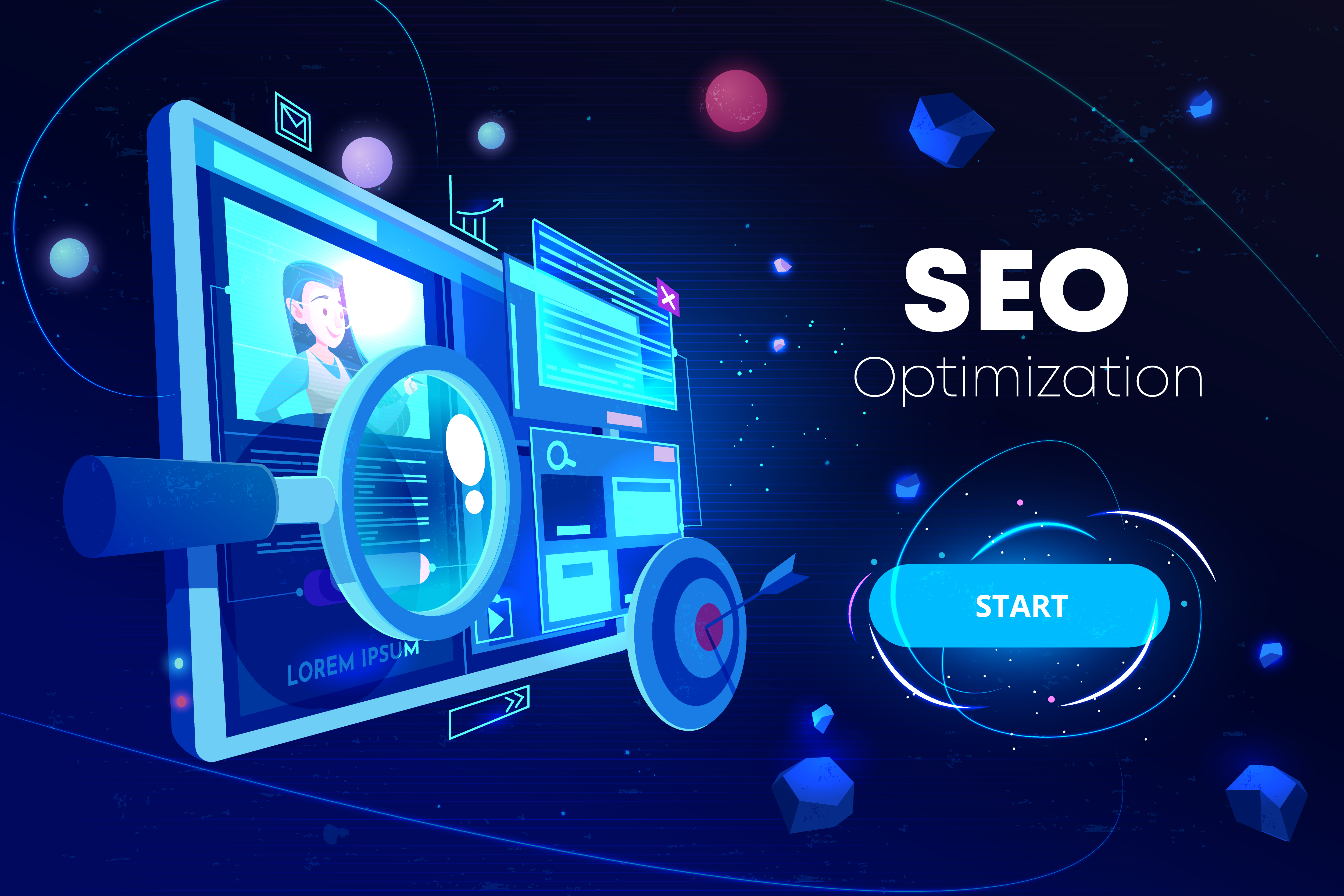Key Highlights
- Embrace the shift from traditional search to ai search to maintain your brand's relevance.
- Utilize specialized visibility tools to track brand mentions and performance in AI-generated answers.
- Improving your AI search visibility can lead to higher quality traffic and better conversion rates.
- Effective generative engine optimization involves monitoring your share of voice against competitors.
- The best tools offer multi-platform tracking, citation analysis, and actionable content recommendations.
- Choosing the right tool depends on your specific business goals, budget, and existing marketing stack.
Why AI Search Visibility Matters for Your Brand?
The way customers discover brands is changing fundamentally.
Instead of just scrolling through search results, they are now asking AI assistants direct questions.
This evolution makes tracking your brand presence in AI search more critical than ever. If your brand isn't mentioned in these AI-generated answers, you risk becoming invisible to a growing audience. Understanding and optimising your search visibility on these new platforms is no longer optional; it's the key to future growth and staying ahead of the competition.
What are the top 10 best tools for tracking brand visibility in AI Search platforms?
As AI-driven search and generative engines become a primary way users discover information, monitoring your brand’s visibility is more important than ever. Traditional SEO tools alone are no longer enough; you need platforms that can track citations, prompt-level mentions, and competitive positioning across AI assistants.
The following tools are designed to help marketers and brand managers stay ahead in the AI search landscape.
1. Scalenut - All-in-One Platform for AI Visibility and LLM Optimization
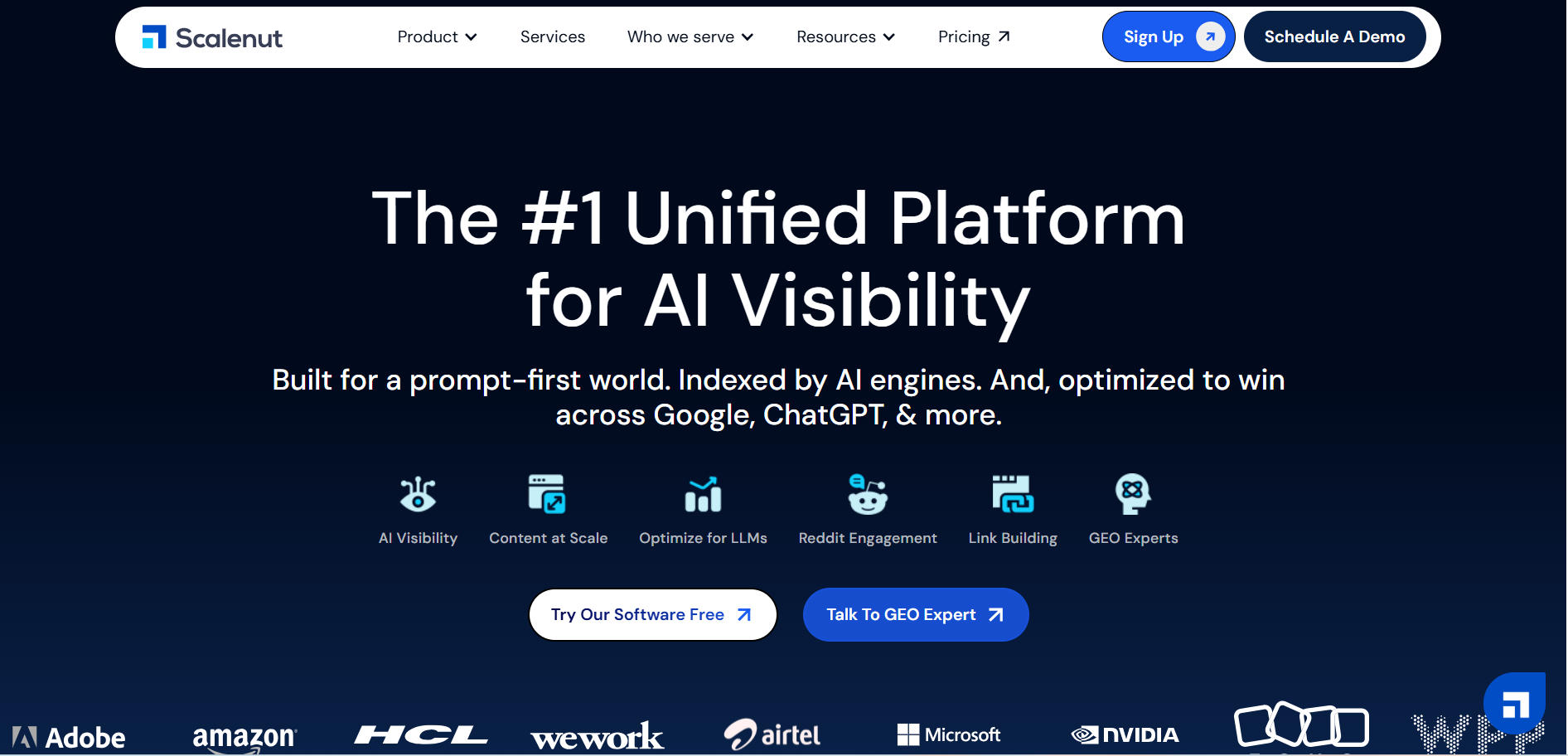
Scalenut has emerged as one of the most powerful platforms for AI-driven brand visibility and content optimization.
What sets it apart is its focus on Generative Engine Optimization (GEO), an approach built to help brands succeed in a world where AI assistants are shaping discovery. From visibility tracking to content creation, Scalenut offers an integrated suite of tools designed for marketers who want to stay ahead in AI search.
Whether you’re managing a single brand or multiple properties, Scalenut’s collaborative workflows and intuitive dashboards make it easier to adapt your content strategy for AI-led discovery.
Step 1: Know Where You Stand with GEO Watchtower
Everything starts with visibility. GEO Watchtower helps you monitor exactly where your brand appears across AI engines. It identifies which of your pages are being cited, which topics you’re missing, and where competitors are leading.
This gives you a data-backed map of your AI presence, the foundation for deciding what to create or optimize next.
Example: If a competitor is cited in Perplexity for “best enterprise CRM software” and you’re not, you instantly know where to focus your next content push.
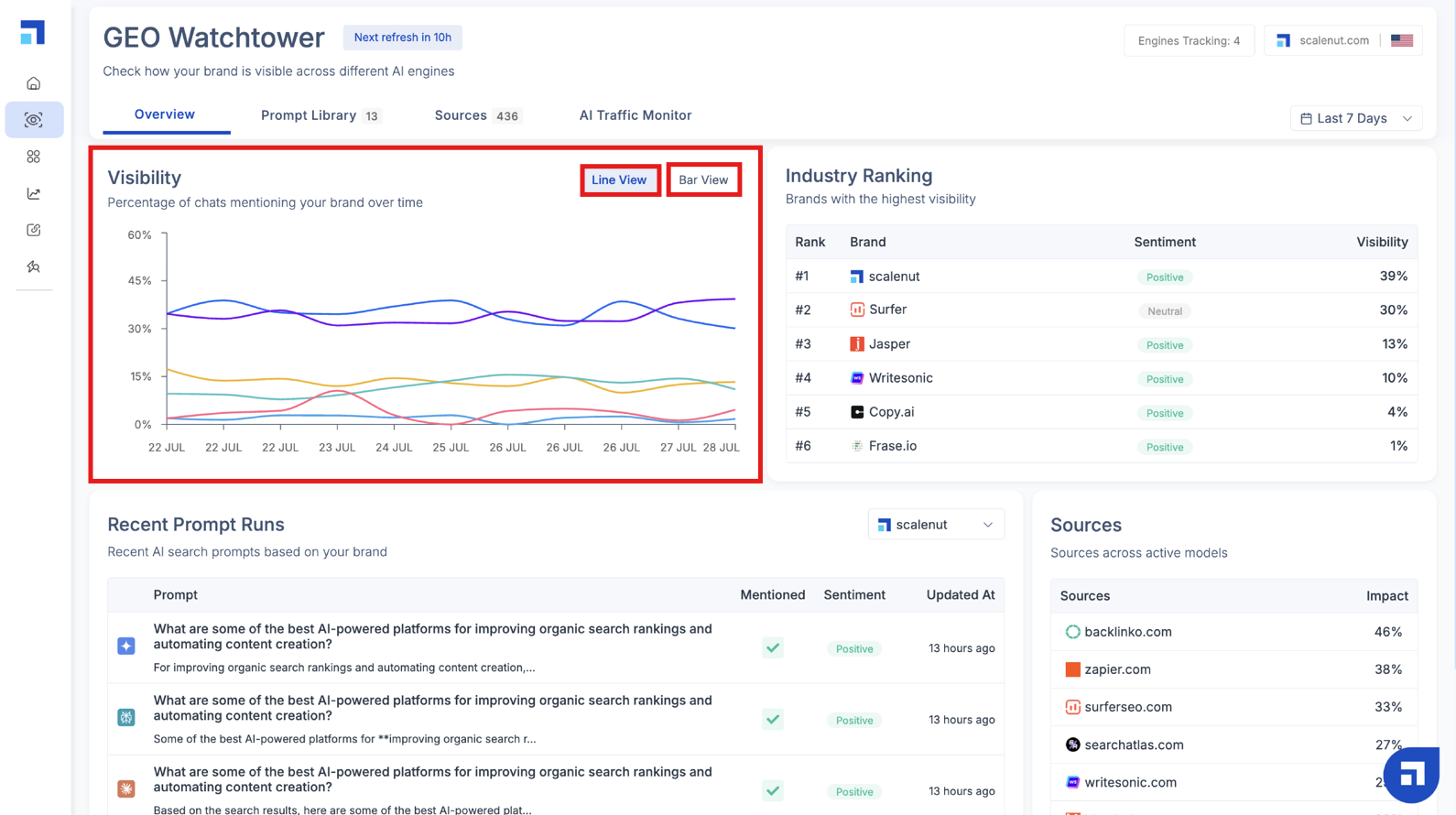
Step 2: Plan and Create with GEO Core and Cruise Mode
Once you know your visibility gaps, GEO Core takes over. Your central suite for Answer Engine Optimization (AEO) and GEO-aligned content creation. It integrates research, keyword intelligence, and AI optimization so your content ranks not just in Google, but also in conversational AI results.
With Cruise Mode, Scalenut simplifies content creation from start to finish. It helps you uncover intent-rich topics, structure your articles for readability and AI parsing, and produce polished, human-quality drafts, all guided by data.

Step 3: Refine and Align with Content Audit
After publishing, Content Audit ensures your site stays optimized. It evaluates existing pages for both traditional SEO performance and AI-readiness, identifying what’s performing, what needs updates, and where intent alignment can improve.
This continuous feedback loop ensures your content ecosystem evolves with how AI models understand and surface information.

Step 4: Amplify Your Reach with Social UpReach.
Visibility doesn’t stop at content creation.
Social UpReach helps you stay active where AI learns, especially on Reddit, a key platform feeding AI models. It tracks brand mentions, community discussions, and emerging trends, letting you shape your brand narrative early.
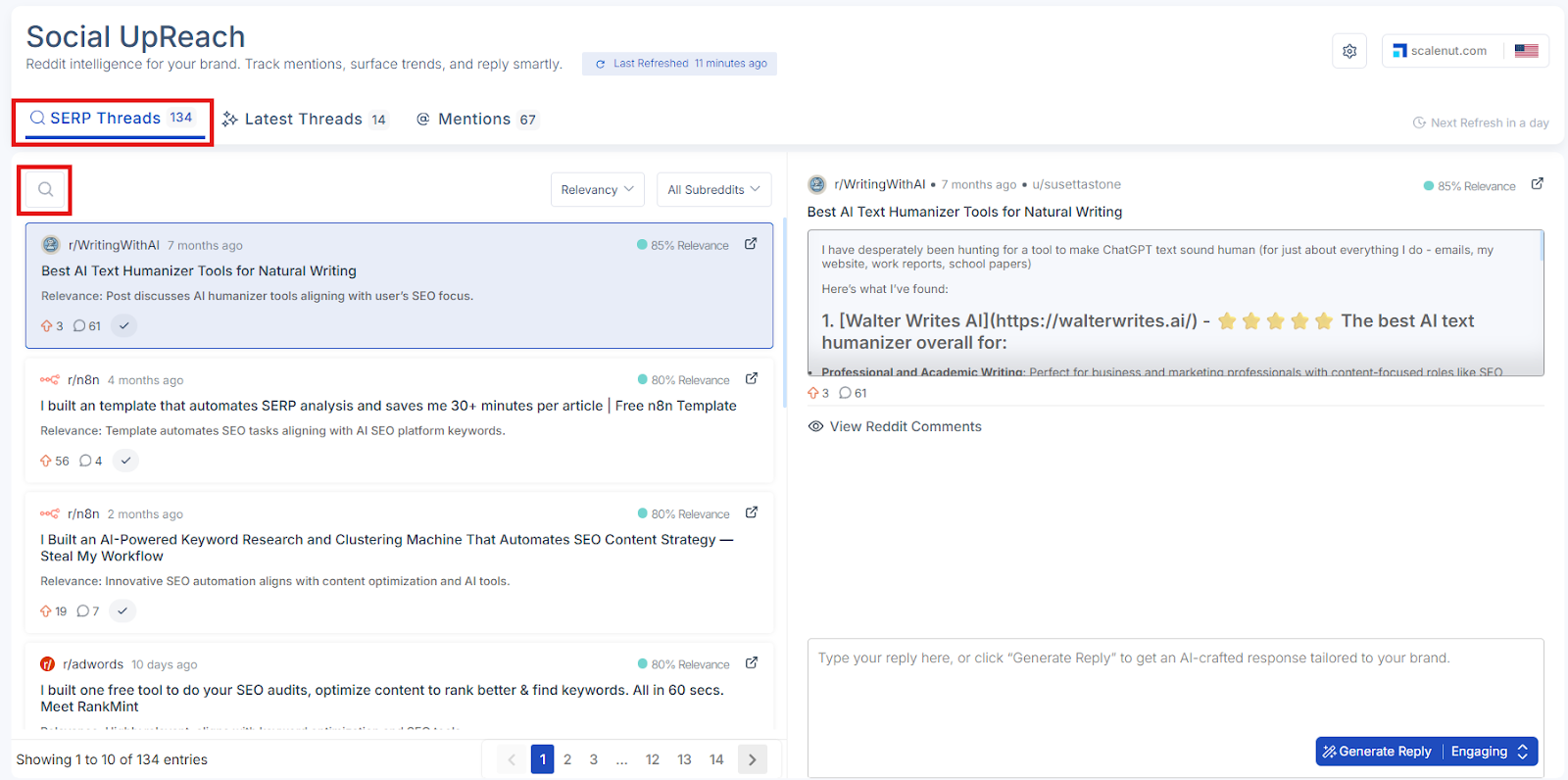
Step 5: Build Authority with Backlinks Marketplace
To strengthen authority, the Backlinks Marketplace offers a faster path to credible citations by connecting you with vetted publishers and blogs. This boosts your domain trust and increases your likelihood of being cited by AI systems.Forget cold outreach.
Scalenut’s Backlinks Marketplace acts like a curated store of vetted sites and blogs ready to feature your links. This shortens the path to building domain authority, which in turn boosts your AI search visibility.

Scalenut connects every stage into one cohesive workflow. You gain real-time visibility data, actionable content insights, and tools to build authority, all within a single ecosystem designed for the future of AI search.
Try Scalenut today and see how your brand performs across AI search engines, uncovering new opportunities to boost your presence.
2. Scrunch AI – Real-Time Brand Monitoring Across Multiple AI Platforms
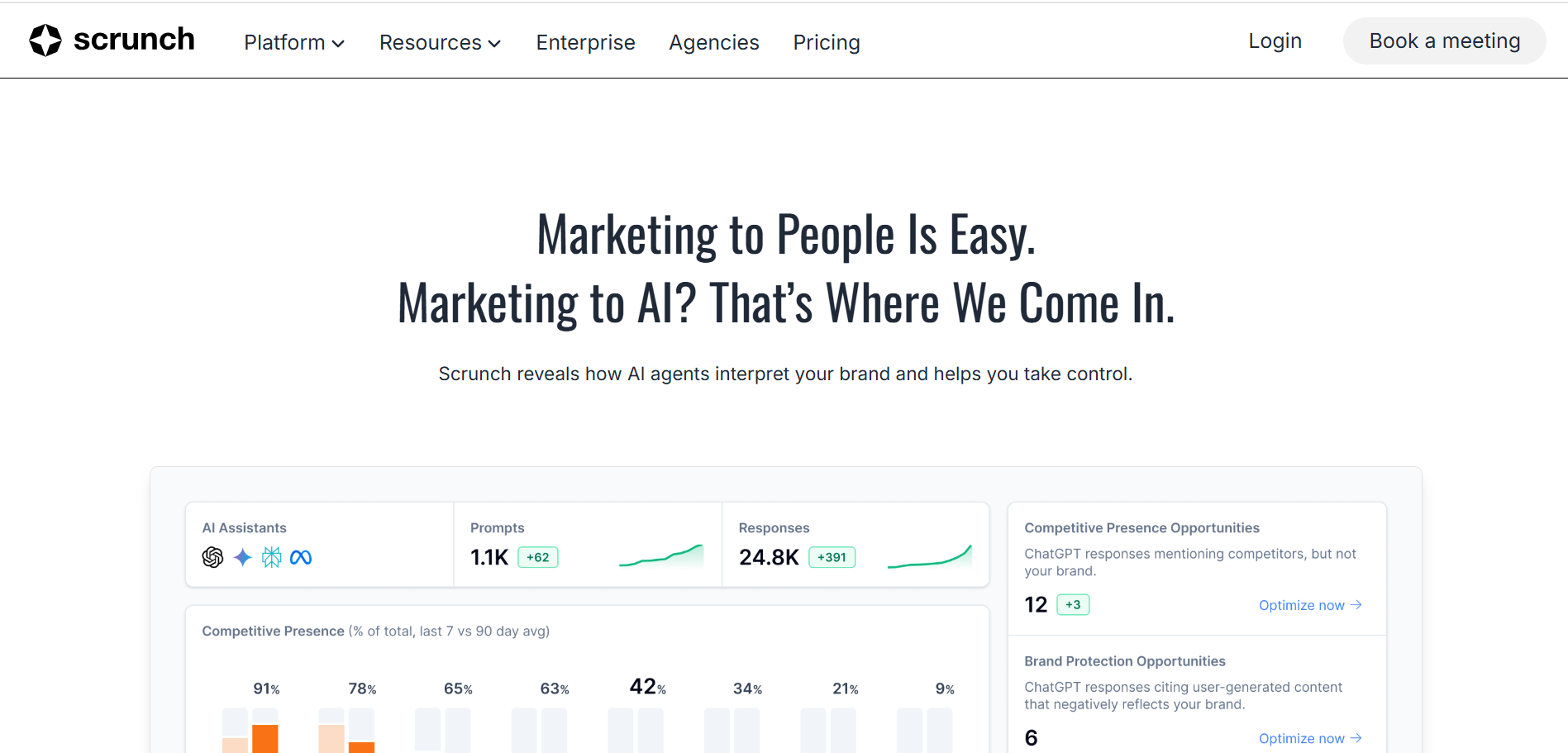
Scrunch AI stands out as a pioneering tool focused on proactive optimization and brand monitoring. It helps you track how your brand appears in AI-generated results across major AI engines like ChatGPT, Perplexity, and Google's AI Overviews. More than just a tracker, Scrunch identifies content gaps and misinformation that could harm your presence, then provides clear steps to fix it.
For businesses asking which tools offer real-time monitoring, Scrunch AI is a top contender. It provides live analytics on brand mentions, third-party citations, and competitor performance, making it a powerful ally for teams that need to act quickly on visibility gaps. This capability is crucial for actively shaping your AI discoverability rather than just observing it from the sidelines.
The platform is especially favored by enterprise marketing teams and those who want to turn generative search into a measurable growth channel. Its focus on real-time data and actionable insights makes Scrunch AI an essential tool for any modern brand strategy.
3. Profound AI – Comprehensive LLM Search Analysis

Profound AI is a premium analytics platform built for large marketing teams that require deep and accurate ai search visibility. It is designed to open the "black box" of AI recommendations, giving you detailed data on brand mentions, sentiment, and citations across large language models like ChatGPT, Gemini, and Perplexity. If you're looking for what features to prioritize, Profound AI's toolkit is an excellent example.
Its Answer Engine Insights dashboard provides a clear visibility score and share-of-voice metrics, while the Conversation Explorer logs real user prompts and the resulting brand citations. This level of search analysis is invaluable for understanding exactly how and why your brand is being mentioned. It processes over 100 million AI search prompts a month to deliver its insights.
Trusted by major enterprise players, Profound AI offers robust Generative Engine Optimization (GEO) tools with advanced source tracking and alerting. It’s an ideal choice for businesses that need to move beyond basic tracking and gain a comprehensive understanding of their presence in AI-driven conversations.
4. Ahrefs Brand Radar – AI-Powered Citation & Mention Insights
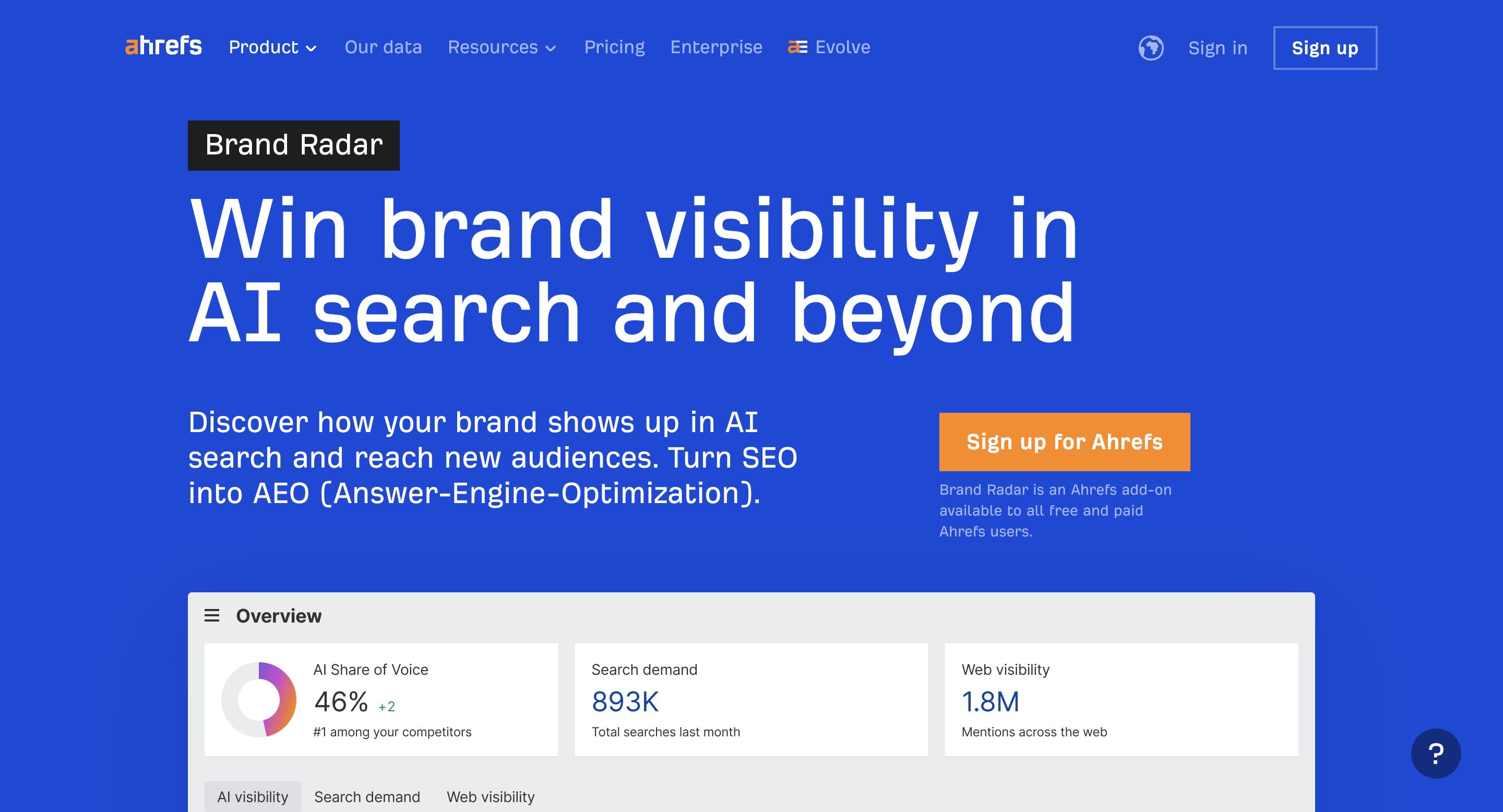
As a giant in the SEO world, Ahrefs has entered the AI visibility space with its Brand Radar. This AI-powered tool is designed to help you track your presence across key platforms like AI Overviews, ChatGPT, Perplexity, and Gemini. It provides valuable citation insights, showing you exactly which content influences AI-generated responses and how often your brand appears.
Are you looking for tools that report on brand citations in AI content? Ahrefs Brand Radar is built for this. It not only tracks brand mentions but also helps you create clusters of AI prompts to discover content gaps. This allows you to see what topics trigger AI-driven traffic and where your competitors might have an edge.
Integrated seamlessly into the existing Ahrefs toolset, Brand Radar offers powerful competitor benchmarking capabilities. It allows you to compare your AI visibility against specified competitors, making it a strong choice for marketers who want to combine traditional SEO analytics with next-generation AI monitoring.
5. Rankability's AI Analyzer - AI Visibility Insights Made Simple
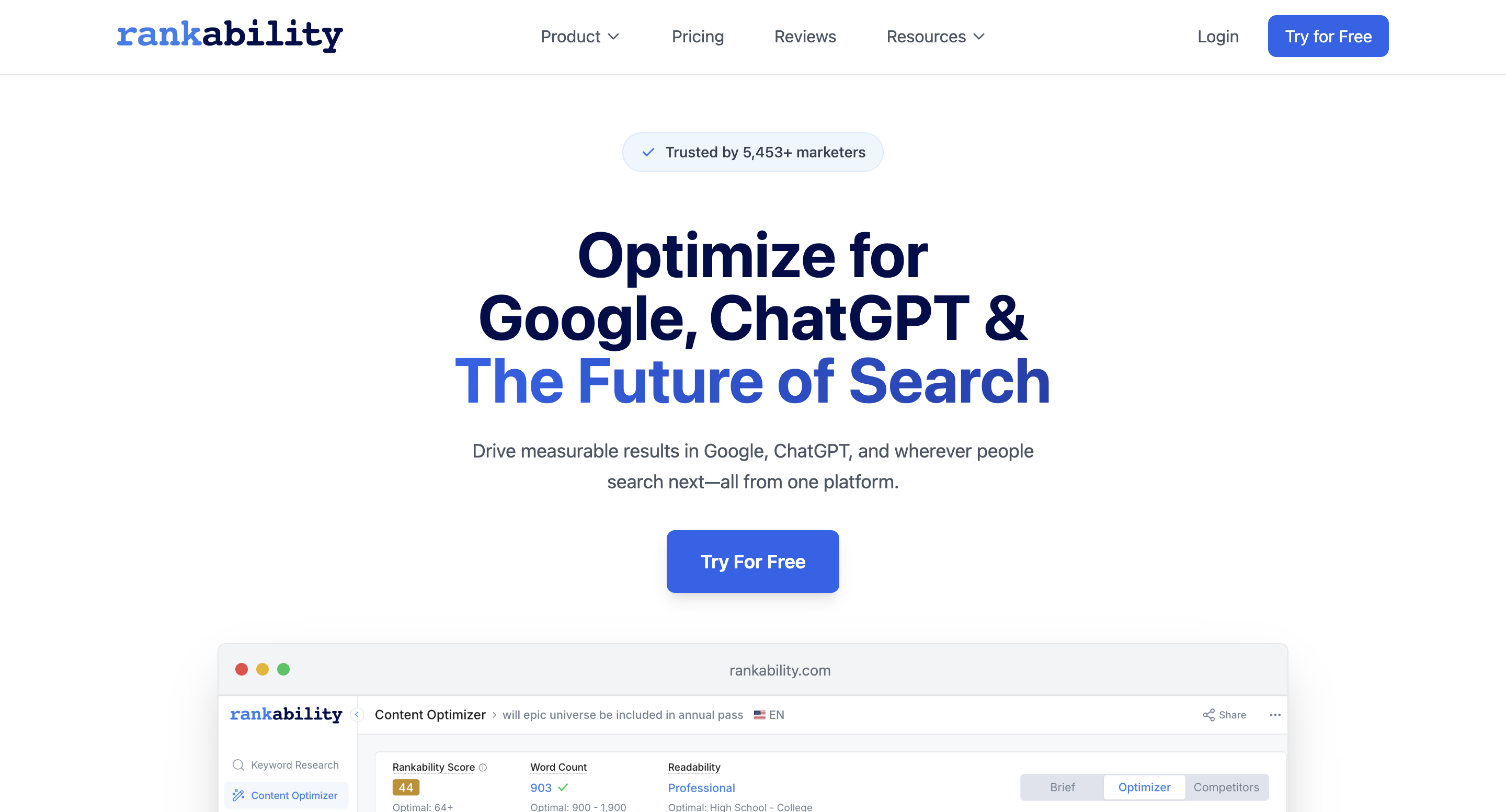
Rankability’s AI Analyzer delivers actionable insights about your brand’s presence across search and generative AI platforms. It measures mentions, sentiment, and visibility to help marketing teams understand their real-time performance.
Its clean, intuitive interface makes complex data accessible, while its benchmarking tools allow brands to compare visibility across both traditional SEO and AI-driven contexts. For teams new to AI visibility tracking, it provides a smooth and practical entry point.
Rankability is especially strong for smaller teams or agencies that want to balance sophistication with usability.
6. PeeC AI – Affordable Real-Time AI Visibility Tracking
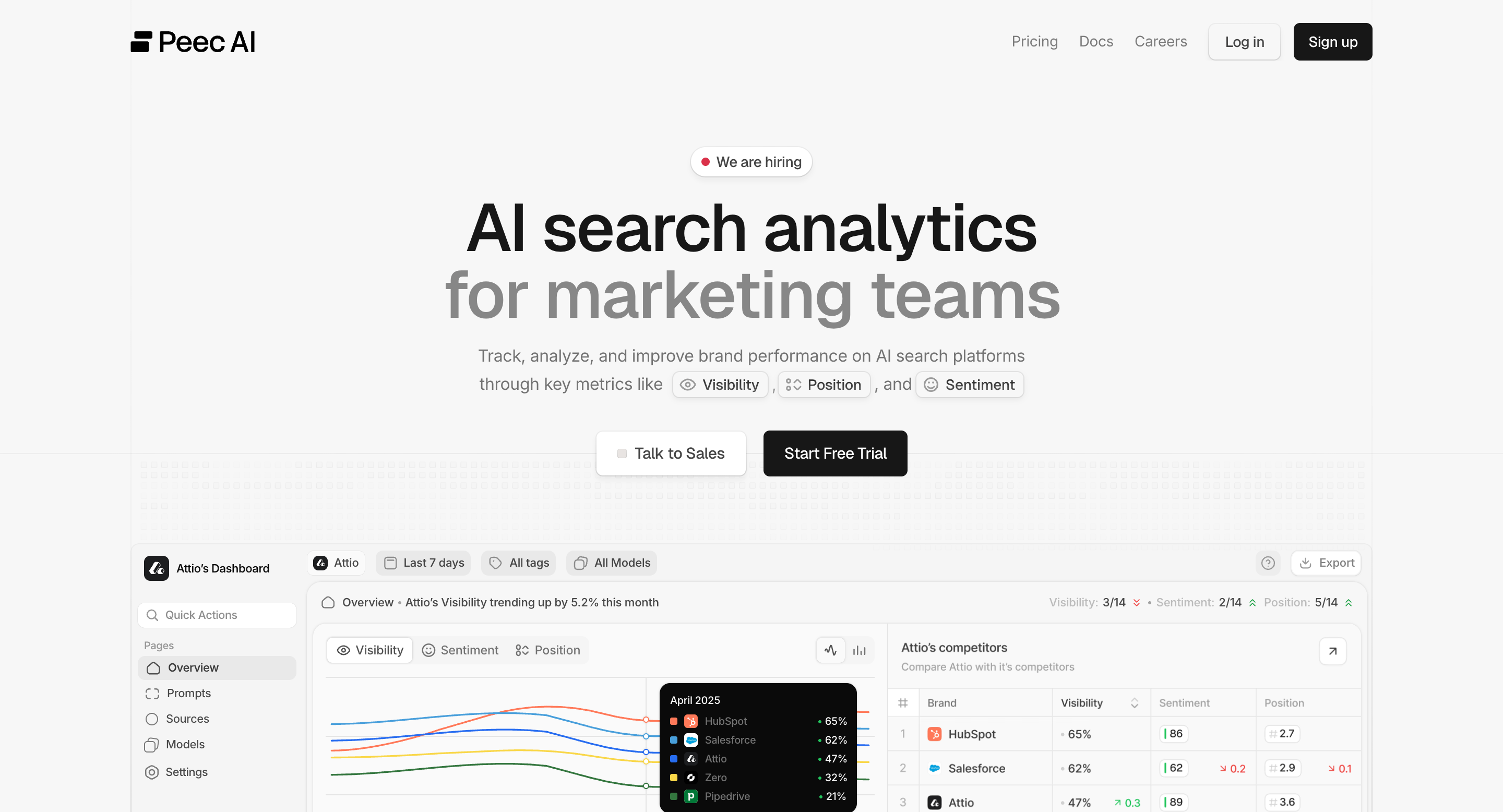
Berlin-based PeeC AI delivers accessible, real-time analytics on brand mentions, citations, and competitor benchmarks across ChatGPT, Gemini, and Perplexity. Its prompt-level insight system lets teams quickly identify visibility gaps and act on them.
Unlike traditional SEO ranking tools, PeeC AI measures performance using a brand visibility score, making it easier to quantify AI presence.
Its intuitive dashboard, alerts, and affordable pricing make it ideal for mid-sized businesses that want enterprise-grade visibility tracking without the complexity or cost
7. Brandlight – Automated Brand Mention & Rank Tracking
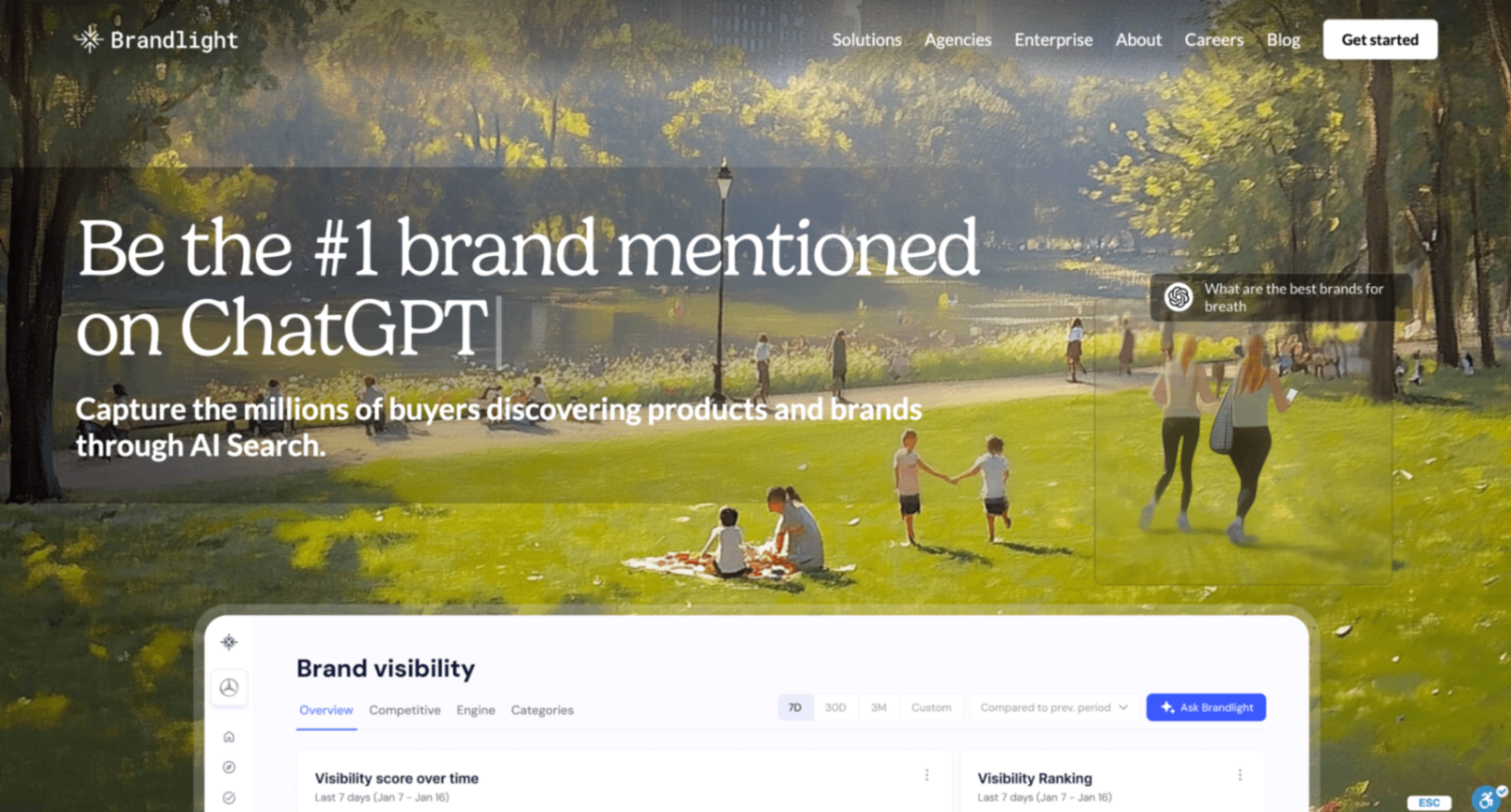
Brandlight is a powerful monitoring tool that allows brands to automatically track how they are represented in AI-generated content. It monitors your brand presence across platforms like ChatGPT, Claude, Gemini, and Perplexity, offering a comprehensive solution for tracking brand mentions, sentiment, and message consistency in ai search results.
The platform provides a clear visibility score that reflects how often and how favorably your brand appears in AI responses. Beyond basic metrics, Brandlight scrutinizes the context and tone of AI-driven content around your brand, making it excellent for reputation management. It can even detect harmful or misleading information presented by AI engines.
With its intuitive user interface and simple onboarding, Brandlight strikes a great balance between simplicity and depth. Its continuous monitoring with real-time alerts and actionable visibility scoring makes it a fantastic choice for growing businesses that want AI-powered reputation tracking without the complexity of enterprise-level tools.
8. Surfer SEO -AI Tracker for Generative Search Performance
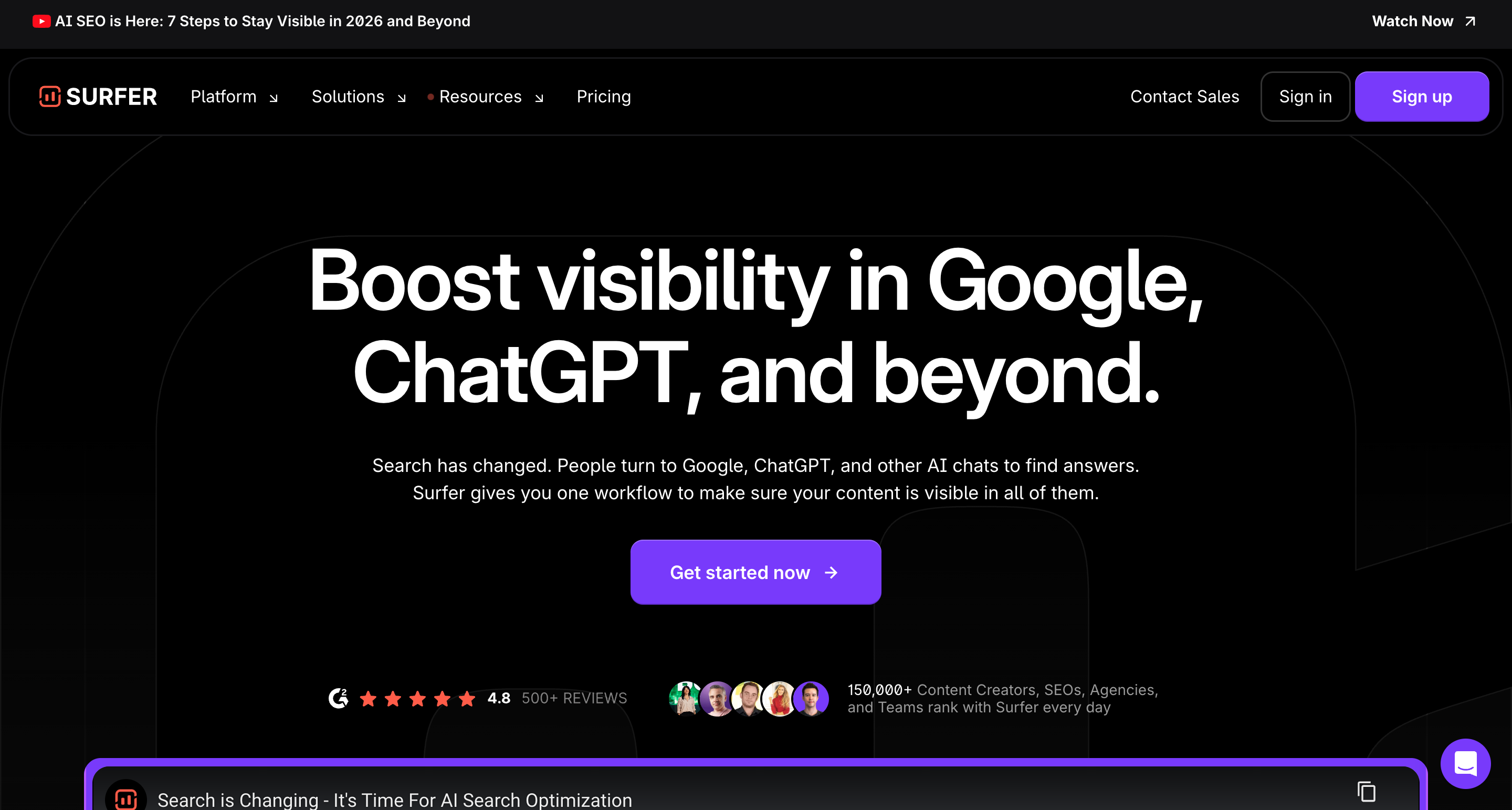
Known for its powerful content optimization features, Surfer SEO has expanded its offerings with the AI Tracker. This tool monitors brand mentions across ChatGPT, Google's AI Mode, AI Overviews, and Perplexity, capturing the real AI responses that users see. It moves beyond traditional organic search metrics to provide a clear picture of your search visibility in the new AI-driven landscape.
The AI Tracker is available as an add-on and provides daily automatic data refreshes, ensuring you always have the most current information. It allows you to see the exact prompts used and where the language model found its sources, offering transparent source attribution that is easy to understand. This makes it one of the most practical seo tools for this purpose.
A key advantage is its integration with Surfer's existing content optimization suite. This creates a complete workflow, allowing you to move seamlessly from monitoring your brand's performance to taking action. With flexible pricing tiers, Surfer SEO makes AI visibility tracking accessible to a wide range of users.
9. Writesonic GEO -Unified AI Visibility and Optimization Platform

Writesonic GEO is a Generative Engine Optimization platform designed to help businesses track, analyze, and optimize their visibility across all major ai answer engines. It monitors platforms like ChatGPT, Claude, and Google AI Overviews, combining powerful monitoring with tools for content creation and optimization.
The platform offers real-time visibility, share of voice, and sentiment tracking. You can analyze the output from any generative engine to see what’s being said about your brand and track custom prompts, topics, and competitors directly in your dashboard. It even provides instant optimization suggestions for your content and website.
What makes Writesonic GEO unique is that it offers a complete solution in a single platform. Unlike competitors that only provide data, Writesonic includes content creation and SEO tools, allowing you to act on insights immediately without switching platforms. With a free plan available, it's an accessible option for businesses of all sizes.
10.AthenaHQ - Sentiment-Driven AI Visibility Intelligence

AthenaHQ stands out as a comprehensive visibility tool that empowers brands to monitor and analyze their presence across various AI search platforms. With its user-friendly interface, marketing teams can effortlessly track brand mentions and assess their visibility score in real time. The platform offers actionable insights through advanced sentiment analysis, ensuring that businesses remain attuned to public perception.
By integrating with multiple SEO tools, Athenahq enhances search optimization strategies while facilitating competitor benchmarking. It’s perfect for those looking to improve their brand presence and stay competitive in a rapidly evolving digital landscape.
Which features should I look for in an AI brand visibility monitoring tool to ensure effective tracking on platforms like ChatGPT or Perplexity?
When choosing a monitoring tool for ai brand visibility, it's easy to get lost in a sea of options. To effectively track your presence on platforms like ChatGPT or Perplexity, you need to focus on a few key features. The right software will give you a clear and accurate picture of where you stand, helping you make smarter decisions.
Look for tools that offer multi-platform coverage, real-time data, and deep analytics that go beyond simple mention counting. Effective brand monitoring software should also provide competitor benchmarking and citation analysis. Let's explore the most important features to look for.
Real-Time Monitoring Capabilities
In the world of ai search, things change fast. AI models are constantly updated, sometimes hourly, which means your brand presence can shift in an instant. This is why real-time monitoring is not just a nice-to-have feature; it's essential for accurate visibility analysis. Tools that offer live or near-live updates give you the agility to respond quickly to changes.
Several top-tier tools like Scrunch AI and AthenaHQ provide this capability, allowing you to see how your brand is being portrayed at any given moment. This helps you catch trends before they peak and address any negative sentiment or misinformation before it spreads. Without real-time data, you're always looking in the rearview mirror.
Key benefits of real-time monitoring include:
- Immediate alerts on visibility drops or sentiment shifts.
- The ability to track the impact of marketing campaigns as they happen.
- Quick identification of emerging competitors in AI responses.
- A more accurate picture of your day-to-day brand presence.
Multi-Platform Brand Presence Tracking
Your audience isn't using just one AI tool. They might use ChatGPT for brainstorming, Perplexity for research, and Google's AI Overviews for quick answers. To get a complete picture of your brand presence, you need visibility tools that offer multi-platform tracking. Relying on a tool that only monitors a single platform will leave you with significant blind spots.
Comprehensive ai search platforms coverage ensures you understand how your brand is perceived across the entire ecosystem. Different models can produce vastly different results, and a brand that is prominent on one might be invisible on another. Tracking across multiple engines helps you identify which platforms to prioritize in your optimization strategy.
By choosing a tool with broad coverage, you can develop a more resilient and effective brand strategy. You'll be able to see where you're strong, where you're weak, and where new opportunities are emerging, no matter which AI assistant your customers prefer.
AI Search Ranking & Citation Reports
Understanding your ai search ranking is different from traditional SEO. It's not about being number one in a list; it's about how prominently you appear in a generated answer. Are you mentioned first? Are you listed as a top alternative? Or are you just a footnote? The best tools provide a visibility score that reflects this nuanced positioning within generative search results.
In addition to rank, citation reports are incredibly valuable. These reports show you exactly which sources—your blog posts, a news article, a review site—the AI used to formulate its answer. This information is gold because it reveals which pieces of content are most influential and where you need to build more authority.
By analyzing these reports, you can reverse-engineer what works and refine your content strategy. You can focus on creating or promoting content that is more likely to be cited, directly improving your brand's visibility and credibility within AI-generated responses.
Integration With Marketing Platforms & CRMs
An AI visibility tool shouldn't live on an island. To maximize its value, it needs to connect with your existing marketing platforms and CRM. This integration allows you to tie your ai search optimization efforts directly to business outcomes, like traffic, leads, and revenue.
So, how do top tools integrate? Many connect with Google Analytics 4 (GA4) and Google Search Console to provide a clearer picture of traffic attribution. Some, like HubSpot's AI Search Grader, are built directly into a larger marketing ecosystem, allowing you to manage your entire SEO strategy from one place. Others offer API access, enabling custom integrations with your unique tech stack.
By connecting your AI monitoring tool to your CRM, you can track the entire customer journey, from an AI-generated mention to a closed deal. This helps you prove the ROI of your efforts and gives your sales team valuable context on how leads are discovering your brand.
User-Friendly Dashboards and Analytics
Data is useless if you can't understand it. The best AI visibility tools present complex analytics through intuitive and user-friendly dashboards. A clean interface helps you quickly spot trends, identify issues, and find actionable insights without needing to be a data scientist. This is crucial for busy seo teams who need to make decisions on the fly.
A good dashboard should provide a "god-view" of your performance, summarizing key metrics like visibility score, share of voice, and sentiment at a glance. It should also allow you to drill down into the details, exploring specific prompts, competitor performance, and citation sources. Visual elements like charts and graphs make it easier to track progress over time.
Ultimately, the goal of these dashboards is to turn raw data from various ai engines into a clear story. When you can easily see what's working and what isn't, you can focus your efforts where they'll have the biggest impact, ensuring your brand stays visible and relevant.
Customizable Alerts and Automated Insights
The AI landscape is always in motion, and you can't be at your computer 24/7 to watch for changes. This is where customizable alerts and automated insights become a game-changer for brand monitoring. These features act as your eyes and ears, notifying you of important shifts in your ai search visibility.
Imagine getting an email the moment a competitor suddenly starts appearing in responses where you used to dominate. Or an alert when the sentiment around your brand in AI answers turns negative. This proactive approach allows you to address issues immediately, rather than discovering them weeks later in a manual report.
Some advanced tools even provide automated insights, flagging opportunities you might have missed. For example, a tool might recommend a new content topic based on emerging user prompts or suggest optimizing a specific page that AI crawlers are frequently visiting. This level of automation helps you stay ahead of the curve with minimal effort.
How AI Search Visibility Tracking Works?
Ever wonder what's happening behind the scenes of an ai search visibility tool? It's not magic, but a structured process of inquiry and analysis. These tools systematically query various ai engines with a list of prompts to discover where and how your brand is mentioned. They are essentially reverse-engineering buyer intent inside these new environments.
The process involves tracking brand mentions, analyzing the content for context and brand citations, and measuring your rank within the generated response. All of this data is then synthesized to produce a visibility score that gives you a clear benchmark of your performance. Let’s break down how it all comes together.
Tracking Brand Mentions Across Generative AI Search Engines
The foundation of any AI visibility tool is tracking brand mentions. This process begins by building a comprehensive list of prompts that simulate how your customers would naturally interact with generative ai. These prompts are not just keywords but realistic questions that a buyer might ask at different stages of their journey, from problem awareness to decision-making.
Once the prompt list is set, the brand monitoring tool automates the process of running these queries across multiple ai search engines like ChatGPT, Gemini, and Perplexity. It then records every instance where your brand, your competitors, or relevant industry terms appear in the AI-generated responses.
This systematic tracking provides a baseline of your visibility. Instead of manually checking a few prompts here and there, these tools can test hundreds or thousands of queries on a regular basis. This gives you a scalable and data-driven way to understand your brand's footprint in the AI ecosystem.
Analyzing AI-Generated Content for Brand Citations
Simply counting mentions isn't enough. To get the full picture, tools must analyze the ai-generated content for deeper insights. A crucial part of this is identifying brand citations—the specific web pages, articles, or data sources that the AI used to formulate its answer. Knowing which of your content pieces are being cited helps you understand what's resonating with the models.
Beyond citations, advanced platforms perform sentiment analysis to determine the context of a mention. Is your brand being presented positively, negatively, or neutrally? Understanding the tone is vital for reputation management and allows you to address any misleading or harmful information that the AI might be surfacing.
All of this analysis feeds into your generative engine optimization strategy. By seeing which sources are trusted and how sentiment is trending, you can refine your content to better align with what AI models are looking for, ultimately improving both the frequency and quality of your brand mentions.
Measuring Brand Rank in Large Language Model Results
In the world of large language models, "rank" has a different meaning. Unlike traditional se ranking, where you're competing for a spot in a list of ten blue links, brand rank in AI search results is about your position and prominence within a conversational answer. A top-tier tool measures not just if you were mentioned, but where.
For example, being the first brand recommended in an answer carries more weight than being listed as an "alternative" at the end. Some tools assign a score based on this positioning, giving you a more nuanced understanding of your visibility. This allows you to differentiate between a high-impact mention and a passing reference.
This method of measurement is far more sophisticated than simply checking for your brand name. It helps you understand your true influence in AI-driven conversations and provides a more accurate benchmark to track your optimization efforts against.
Leveraging Machine Learning for Accurate Visibility Scores
How do these tools make sense of millions of data points? They use machine learning. By processing vast amounts of information from AI responses, these algorithms can identify patterns, trends, and correlations that would be impossible for a human to spot. This is how they calculate an accurate visibility score that truly reflects your ai presence.
Machine learning models analyze everything from mention frequency and sentiment to citation sources and brand rank within an answer. This data is then used for competitor benchmarking, showing you not only how you're performing but also how you stack up against your rivals across thousands of different prompts.
This automated analysis provides directional, useful data points that you can act on. It helps you move beyond guesswork and build a strategy based on what the AI models are actually rewarding. The result is a clearer, more reliable picture of your standing in the ever-evolving AI landscape.
How to choose the right AI brand visibility tool for your business?
- Coverage Across AI Platforms – Ensure the tool tracks major AI search engines and assistants (e.g., ChatGPT, Perplexity, Gemini, Bing Copilot).
- Prompt-Level Insights – Look for tools that analyze brand visibility for specific natural language queries, not just keywords.
- Citation & Source Tracking – Ability to see when and how your content is referenced or summarized by AI.
- Competitor Benchmarking – Compare your visibility against competitors to identify content gaps and opportunities.
- Real-Time Monitoring – Tools should provide live dashboards or frequent updates for timely insights.
- Integration Capabilities – Check for APIs or integrations with your SEO, analytics, and marketing platforms.
- Ease of Use – User-friendly interface and visualization tools for quick understanding by all marketing teams.
- Scalability – Can the tool handle multiple brands, regions, and product lines as your business grows?
- Cost & Pricing Model – Consider subscription vs. usage-based pricing, seat limits, and premium feature costs.
- Support & Training – Availability of onboarding, tutorials, and customer support to maximize tool adoption.
How to optimize brand appearance in AI search results using these tools?
Choosing a tool is just the first step. The real value lies in leveraging its insights to enhance your brand presence in AI search results, including platforms like ChatGPT. These tools provide a roadmap to refine your strategy and earn more visibility.
Strategies for Improving Brand Rank in LLMs
Optimizing for large language models is less about keywords and more about clear, authoritative, and helpful content. Focus on:
- Creating detailed FAQ pages and knowledge bases.
- Using structured data (schema markup) to help AI understand your content.
- Earning citations from trusted third-party sources like industry publications.
- Ensuring your content is accurate, up-to-date, and unique.
Insights from visibility tools reveal which prompts your content appears for and where competitors dominate, allowing you to target content gaps with authoritative answers.
Refining Content and SEO
AI visibility data turns raw information into actionable steps:
- Identify pages being cited and replicate their success elsewhere.
- Spot competitor dominance and create superior, targeted content.
- Build a feedback loop where insights drive improvements in both AI visibility and traditional SEO.
Collaborating Across Teams
AI visibility growth requires cross-team alignment:
- Content teams can brainstorm posts using prompt-level data.
- PR teams can refine outreach based on competitor insights.
- Marketing teams gain a unified view of brand perception in AI search.
Integrated collaboration ensures marketing efforts are aligned and sustainable.
Automating Optimization Workflows
To scale AI optimization:
- Use automated reports and alerts for keywords, competitor mentions, or sentiment shifts.
- Integrate insights via API into project management or reporting systems.
- Focus your team on strategy and creative execution, not manual data collection.
What are the future trends in AI Search Visibility tracking?
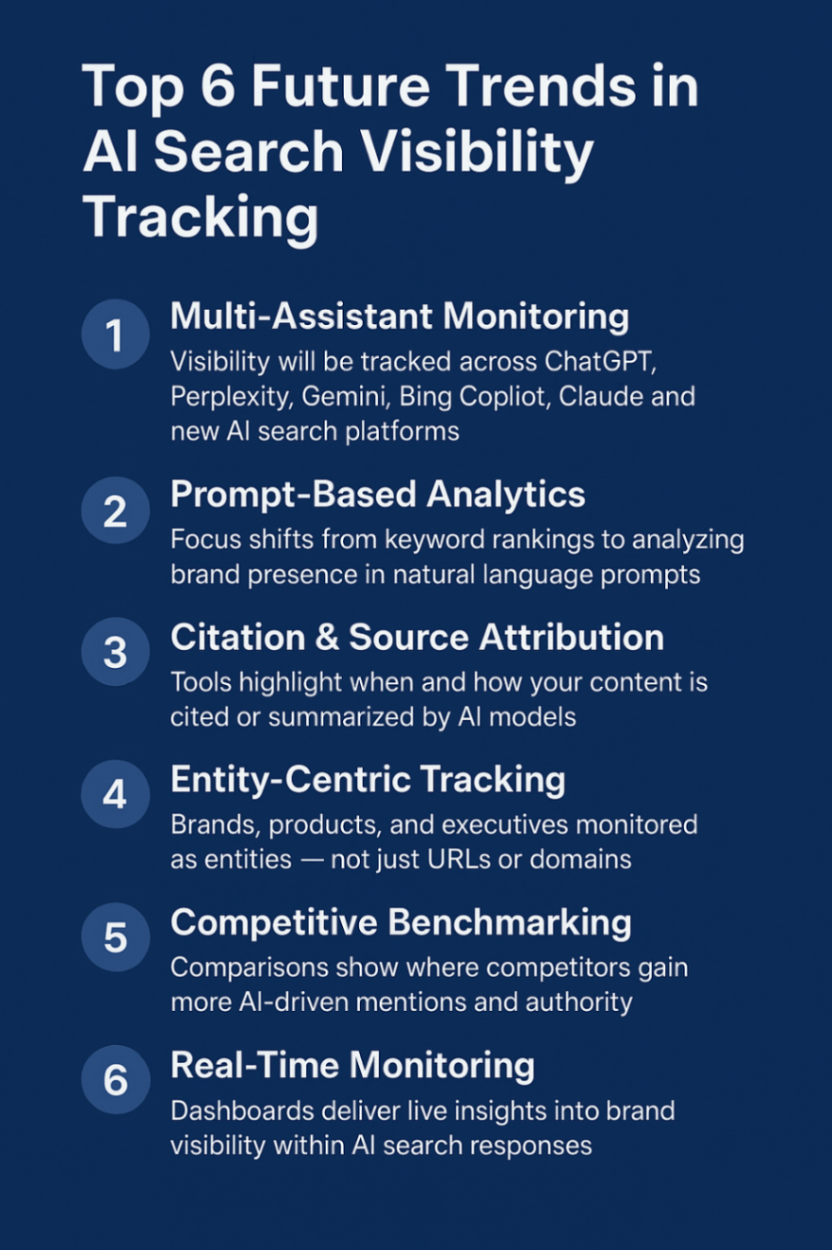
How can I compare the top AI search visibility tools to find the one that best fits my brand monitoring needs?
Comparing AI search visibility tools (LLMO/AI-driven SEO platforms) is tricky because vendors differ in scope and pricing.
Here’s a framework you can use to evaluate and find the best fit for your brand monitoring needs:
1. Core Capabilities to Compare
- AI SERP Tracking – Does it show how often your content/brand appears in ChatGPT, Perplexity, Gemini, Bing Copilot, etc.?
- Citation Analysis – Can it identify when your site is cited or referenced by AI-generated answers?
- Prompt Visibility Testing – Lets you simulate common user prompts and see if your brand surfaces.
- Entity Monitoring – Tracks how your brand, products, or executives are represented across AI outputs.
- Competitor Benchmarking – Compares your visibility against competitors across AI platforms.
2. Technical & Integration Factors
- Data Sources – Does it integrate with your SEO, analytics, and brand monitoring stack (e.g., GA4, Ahrefs, SEMrush, Brandwatch)?
- Frequency of Updates – Real-time vs. weekly/monthly AI SERP checks.
- Coverage – Which AI assistants/search engines are monitored (not all tools track every model)?
- APIs & Custom Reports – Needed if you want to embed AI visibility data into your BI tools.
3. Evaluation Metrics
- Accuracy – Does the tool reliably detect citations and mentions, or miss long-tail prompts?
- Granularity – Can you drill down to exact prompt, source snippet, or chunk retrieved?
- Ease of Use – Is the UI marketer-friendly, or does it require technical expertise?
- Scalability – Can it handle multiple brands, regions, and product lines?
4. Cost Considerations
- Subscription vs. usage-based pricing.
- Seat limits (brand monitoring often requires multiple stakeholders).
- Premium features (API, competitive benchmarking, RAG-ready exports).
5. Practical Comparison Steps
- List top vendors (e.g., tools focused on LLMO, AI SEO, brand monitoring).
- Run trial prompts: Test 10–15 real-world brand queries across AI search engines and check which tool captures them best.
- Score vendors on: coverage, accuracy, usability, cost, and support.
- Align with goals: If your main focus is brand safety/mentions, choose monitoring-heavy tools. If it’s traffic/lead generation, pick those with SEO + LLMO overlap.
Conclusion
In conclusion, tracking brand visibility in AI search is essential for staying competitive in today's digital landscape. With the tools discussed, you can effectively monitor your brand's presence across various AI platforms, ensuring you're always informed about how you appear in search results. By leveraging features like real-time monitoring and customizable alerts, you can refine your strategies and enhance your brand's visibility over time. As the AI search landscape continues to evolve, choosing the right tools will empower you to adapt and thrive. If you're ready to take your brand monitoring to the next level, consider booking a free trial to explore these tools firsthand!
Frequently Asked Questions
Which AI search visibility tools offer real-time monitoring of my brand’s presence?
Several top ai search visibility tools offer real-time monitoring to help you track your brand presence in ai search. Platforms like Scrunch AI, AthenaHQ, and Brandlight are known for providing live or near-live updates, allowing you to react quickly to changes in how your brand is being portrayed.
How do I choose the best AI brand visibility tracking tool for my business?
To choose the best ai brand visibility tracking tool, first assess your business needs and goals. Evaluate tools based on their features, AI platform coverage, and pricing. Prioritize those that offer the right level of competitive analysis for your goals and use free trials to test their effectiveness firsthand.
How do AI search visibility tools measure and report my brand’s presence across different generative engines?
AI search visibility tools measure your brand presence by running structured prompts across various generative engines. They track mention frequency, analyze citations and sentiment in the search results, and measure your rank within the answer. This data is then compiled into a visibility score to benchmark your performance.
How to track my brand visibility in answer engines?
You can track your brand visibility in answer engines by using LLMO and GEO tools like Scalenut or Scrunch AI. These platforms monitor brand mentions, citations, and share-of-voice across AI assistants such as ChatGPT, Gemini, and Perplexity.
What are AI brand visibility tracking tools?
AI brand visibility tracking tools like Scalenut, Profound AI, and Scrunch AI monitor how your brand appears in AI-generated results, tracking mentions, citations, sentiment, and visibility across platforms like ChatGPT, Gemini, and Perplexity.
What are the main AI brand visibility tracking methods?
AI brand visibility tracking methods include monitoring citations in AI-generated responses, analyzing prompt-level mentions, tracking entity visibility, measuring share-of-voice across assistants, and benchmarking competitor presence in tools like Scalenut, Profound AI, and Scrunch AI.



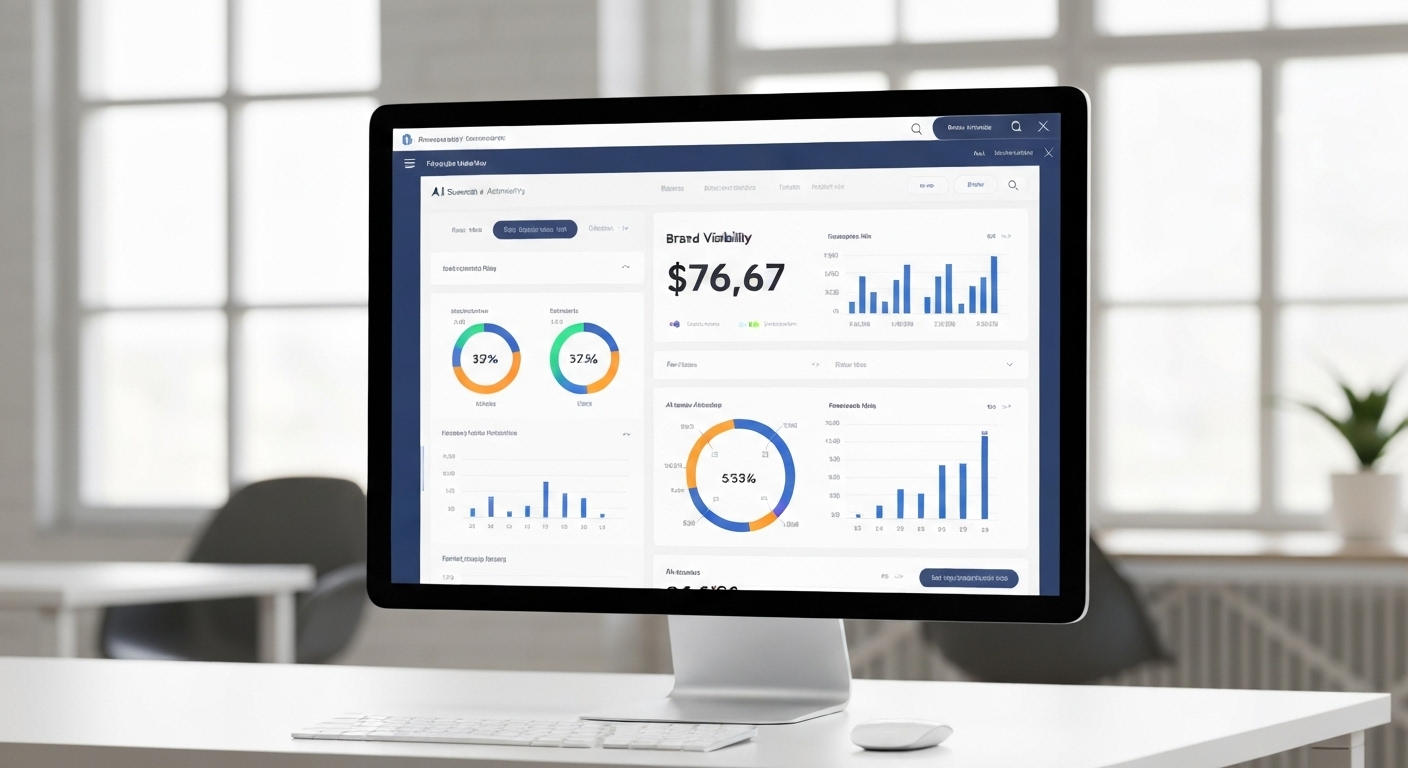




.webp)
